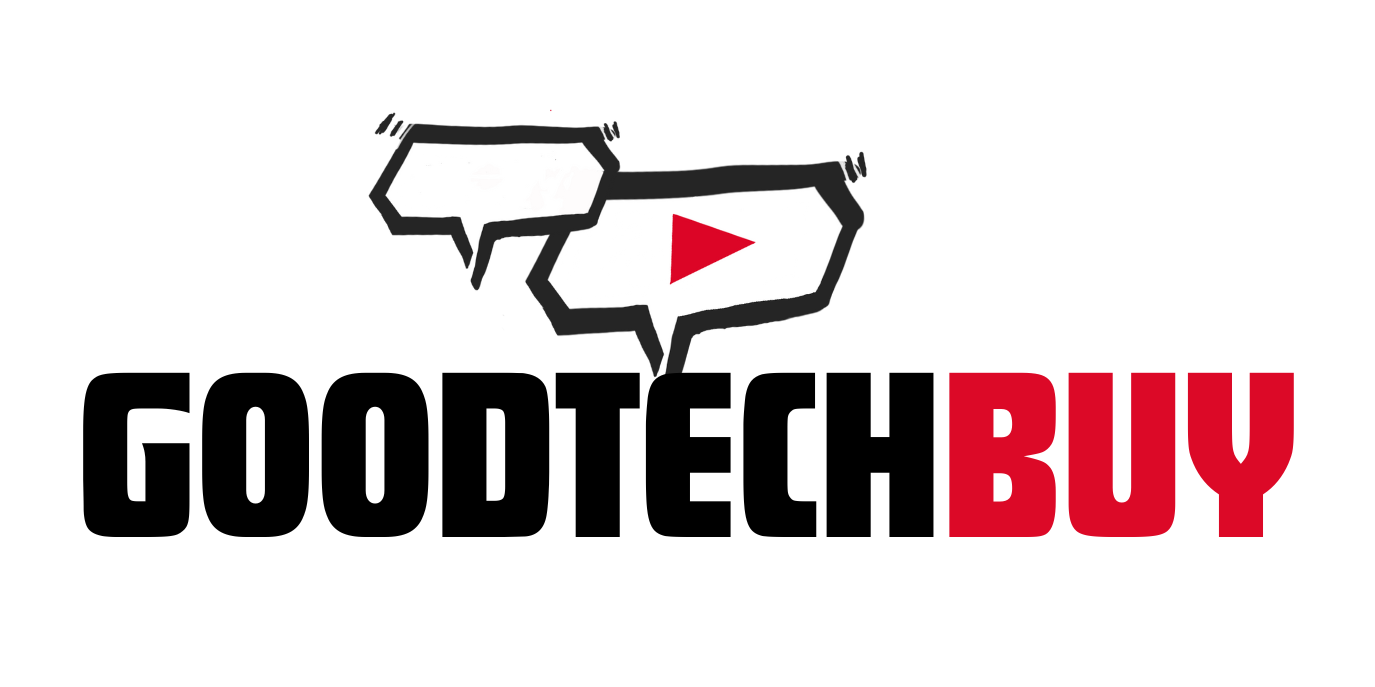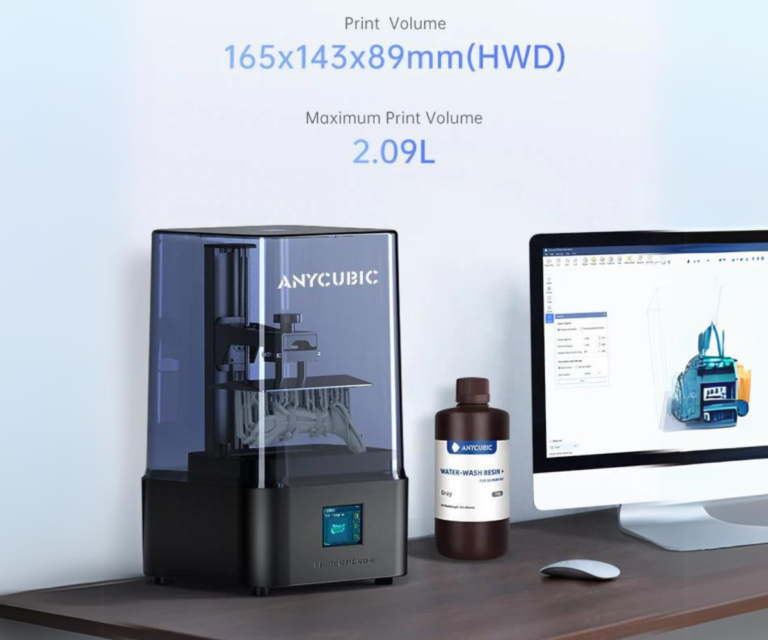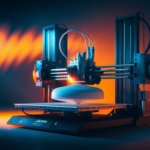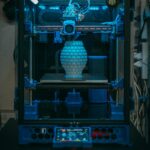3D printing technology has rapidly gained popularity over recent years, offering innovative solutions across various fields including medicine, construction, and art. With its ability to create intricate and customizable products on demand, many entrepreneurial individuals are discovering the potential of 3D printing as a profitable venture. By understanding the basic concept of monetizing 3D printing, one can tap into the myriad side hustles and business ideas this technology supports.
The financial prospects of 3D printing lie in its versatility and the unique value it can bring to niche markets. Entrepreneurs leverage 3D printers to create products tailored to specific customer needs, offer rapid prototyping services, or even launch their customized jewelry lines. The journey from hobbyist to profitable 3D printer operator begins with identifying market gaps that this technology can fill effectively.

Several success stories illustrate the lucrative opportunities available within the realm of 3D printing. For instance, bespoke product designers have achieved remarkable success by offering customized phone cases, gaming accessories, and home decor items. Additionally, small-scale manufacturers have found new revenue streams through 3D printing by creating limited-edition or personalized merchandise that caters to devoted customer bases.
Furthermore, the educational sector demonstrates another profitable area, where individuals provide 3D printing workshops and tutorials, sharing their expertise with curious learners. Such ventures not only generate income but also foster a community of tech enthusiasts eager to explore the potentials of 3D technology.

In essence, the promising landscape of 3D printing offers unparalleled opportunities for profitability. Various business models can be adapted to capitalize on this technological advancement, from direct product sales to service-based offerings. The inspiring examples of individuals who have successfully transformed their creative passions into thriving businesses with 3D printing serve as a powerful reminder of the endless possibilities that await within this innovative industry.
Creating and Selling Custom Products
One lucrative way to make money with a 3D printer is by creating and selling custom products. This venture opens up vast opportunities, from designing unique phone cases and creative jewelry to producing bespoke home decor items, toys, and more. The key to success in this area lies in identifying market gaps and leveraging your creativity to fill those niches.
The process begins with market research. By examining platforms such as Etsy and eBay, and observing popular trends and high-demand products, you can determine what’s missing or what can be improved upon. Brainstorming product ideas that cater to unmet needs or enhance existing offerings will give you a competitive edge. Combining your observations with your interests and personal expertise can lead to highly innovative and sought-after designs.
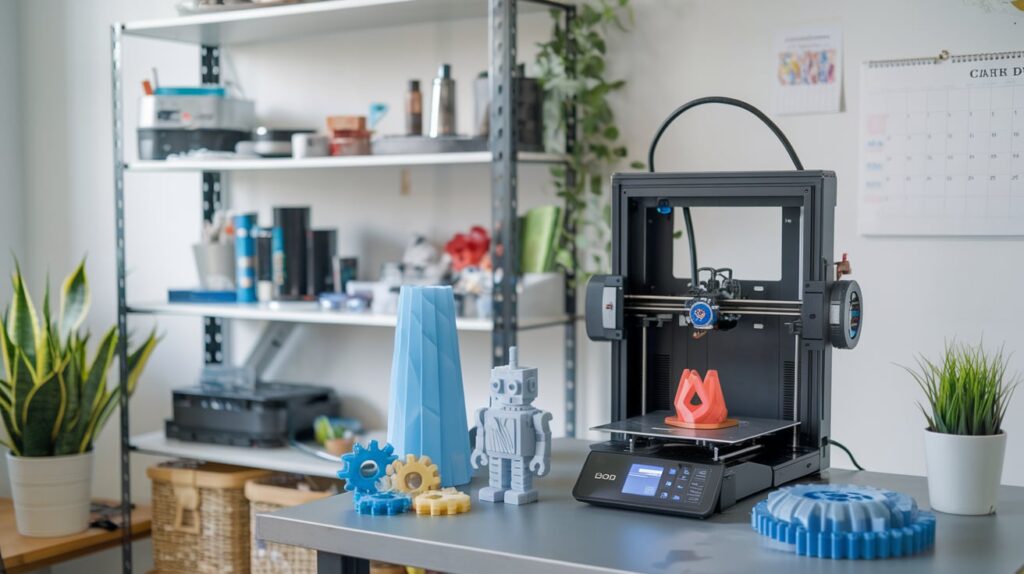
Next, focus on designing your 3D models. Utilize software such as Tinkercad, Fusion 360, or Blender to bring your ideas to life. Ensure your designs are both functional and aesthetically pleasing, as product quality is paramount. Iterating on your prototypes through testing and refinement will yield superior results, ultimately enhancing customer satisfaction and building your reputation for craftsmanship.
Once your products are ready, selling them effectively is the next step. Establishing an online presence through platforms such as Etsy, eBay, or a personal e-commerce website is crucial. Each of these platforms has its own set of tools and audience dynamics, so selecting one that aligns with your products and marketing strategy is essential. High-quality photographs and detailed descriptions will help attract buyers and convey the uniqueness of your products.

Targeting a specific niche will allow you to stand out in the competitive market. Whether it’s themed jewelry, custom home decor, or personalized gadgets, focusing on a particular segment will help build a dedicated customer base. Additionally, networking within communities related to your niche and engaging with potential customers through social media can boost visibility and sales.
Ultimately, success in creating and selling custom 3D printed products hinges on quality, creativity, and niche targeting. By integrating these elements thoughtfully, you can turn your 3D printing skills into a profitable venture.
Offering 3D Printing Services
One of the most promising avenues for monetizing your 3D printer is by offering 3D printing services. This business model entails providing prints for various clients who either lack the equipment or expertise to print their own designs. Here, we explore the essential steps to set up and market such a service-based business.
First and foremost, setting up a 3D printing service requires investment in reliable equipment. High-quality 3D printers, filament materials, and an array of nozzles and build plates are indispensable. Moreover, having advanced design software is crucial, as it enables you to modify and perfect client designs. Familiarity with software like AutoCAD or Fusion 360 is beneficial.

Creality Ender 3 V3 SE 3D Printer, 250mm/s Faster Printing Speed CR Touch Auto Leveling Sprite Direct Extruder Dual Z-Axis Auto Filament Loading Ender 3D Printer Print Size 8.66×8.66×9.84 inch

Successful 3D printing services also hinge on skill development. Beyond a basic understanding of 3D printing technology, honing skills in design and troubleshooting is vital. Practicing with various materials and mastering different printing techniques can set you apart from competitors.
Marketing your 3D printing services effectively is another cornerstone of success. Local businesses, educational institutions, and entrepreneurs regularly need prototypes or small production runs. Networking with these entities, attending industry events, and leveraging online platforms can help you showcase your expertise. Effective use of social media and a professional website featuring your portfolio can further enhance your visibility.
Client communication is pivotal in this service-oriented business. Clearly understanding client requirements and expectations can prevent miscommunications and ensure a satisfactory outcome. Providing regular updates and being open to feedback fosters trust and long-term relationships.
Pricing strategies should reflect the cost of materials, time invested, and the complexity of the design. Transparent pricing models that avoid hidden charges can attract more clientele. Additionally, offering discounts for bulk orders or repeat business can entice customers and ensure a steady revenue stream.
By investing in the right equipment, developing essential skills, and strategically marketing your services, you can establish a successful and lucrative 3D printing service business. Communication, transparent pricing, and nurturing repeat business are key components that will sustain and grow your venture in the competitive 3D printing market.
Exploring Niche Markets
The 3D printing industry offers a multitude of opportunities for those looking to delve into niche markets. By focusing on specialized areas such as medical models, engineering parts, gaming miniatures, and customized gifts, entrepreneurs can achieve higher profitability, face lower competition, and build a loyal customer base. Understanding the unique requirements and demands of a niche market is crucial to success in this field.
To begin with, conducting thorough market research is essential. Analyze current market trends, identify potential gaps, and understand customer preferences within the chosen niche. Utilize tools such as surveys, focus groups, and competitive analysis to gather valuable insights. For instance, in the medical field, there is a growing demand for anatomically accurate models used for educational purposes or surgical planning. These models must meet stringent quality standards and precise specifications to be effective.

Similarly, engineers often require bespoke components that might not be available through traditional manufacturing methods. By offering custom-engineered parts that are both durable and precise, 3D printing businesses can cater to this specialized segment. This requires a deep understanding of engineering principles and the ability to produce high-quality parts consistently.
In the gaming industry, the demand for unique and detailed miniatures is on the rise. Gamers and hobbyists seek personalized miniatures that reflect their characters’ attributes or game settings. Customization and intricate detailing are key factors that drive this market. Providing high-quality, tailor-made gaming miniatures can set a business apart from competitors.
Customized gifts are another lucrative niche within the 3D printing sector. From personalized jewelry and home decor items to bespoke awards and trophies, the possibilities are endless. Customers seeking one-of-a-kind items that carry a personal touch are willing to pay a premium, making this niche particularly profitable.

Understanding specific client needs is vital. Engage with potential customers to learn about their expectations, preferences, and pain points. Tailor your products or services to meet these needs effectively. Additionally, ensuring product or service quality is paramount. High standards of accuracy, durability, and presentation can substantially enhance customer satisfaction and loyalty.
By focusing on niche markets within the 3D printing industry, businesses can strategically position themselves to achieve sustainable growth and profitability. Entrepreneurs who invest time and effort in understanding and catering to these specialized segments are likely to reap significant rewards in the long run.
